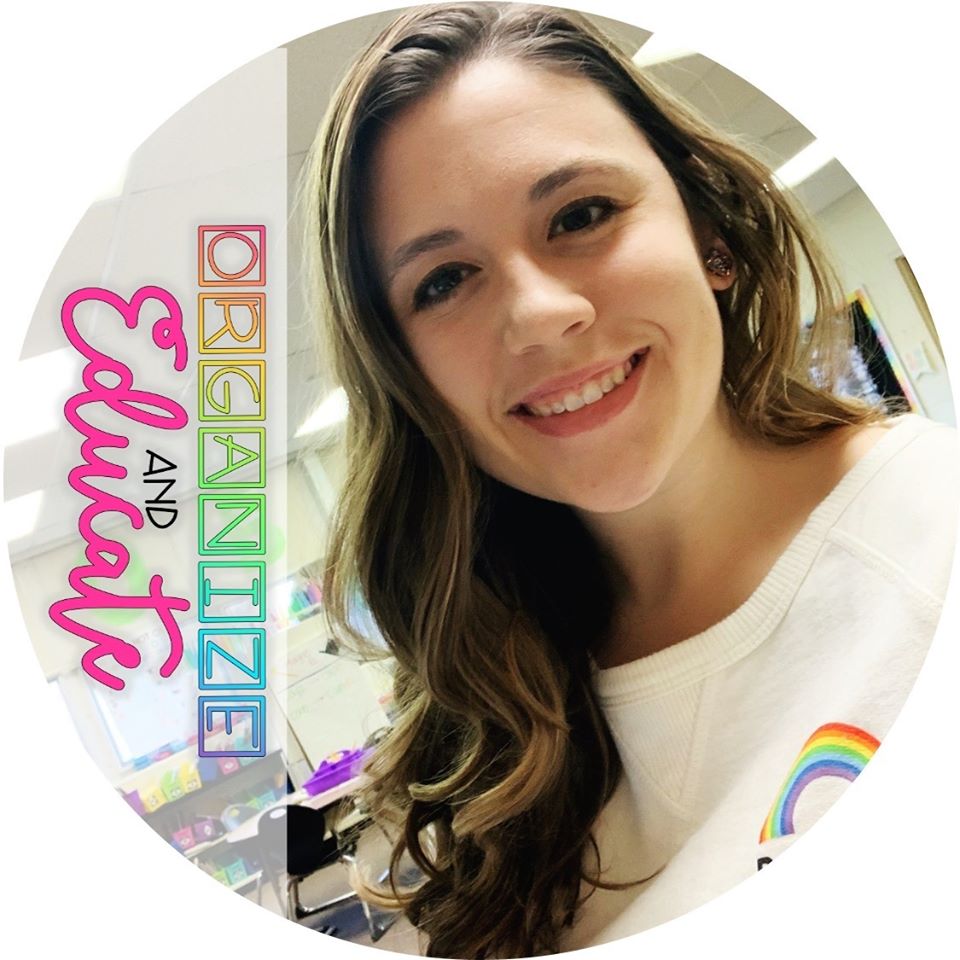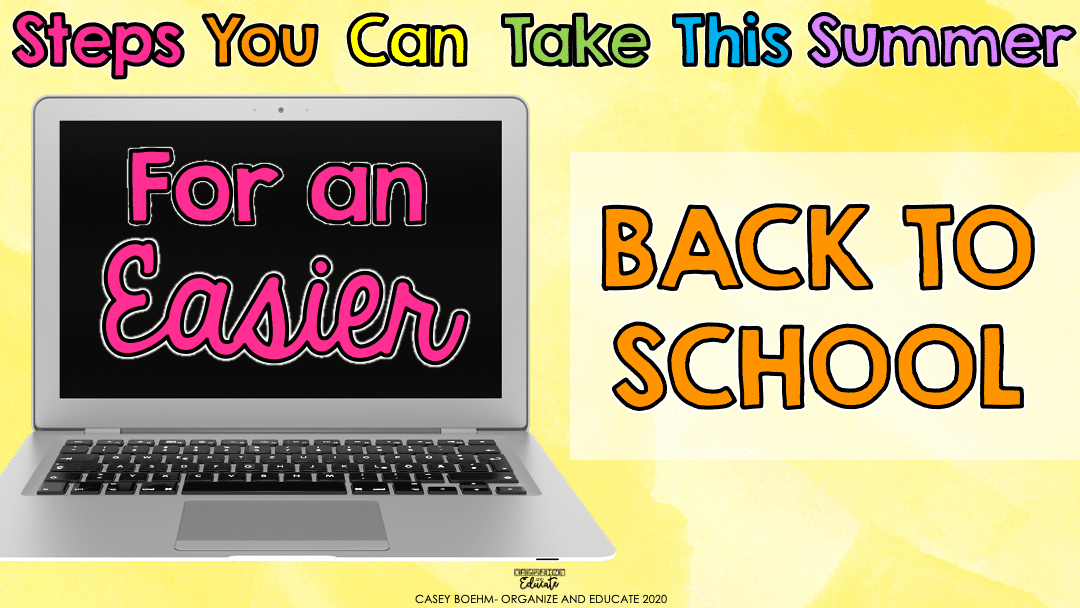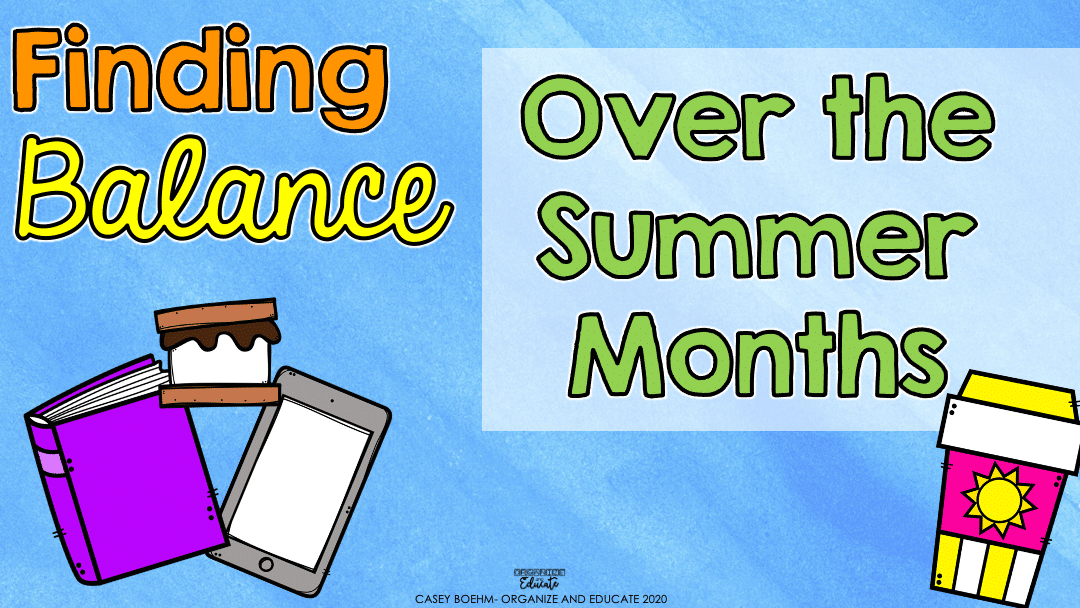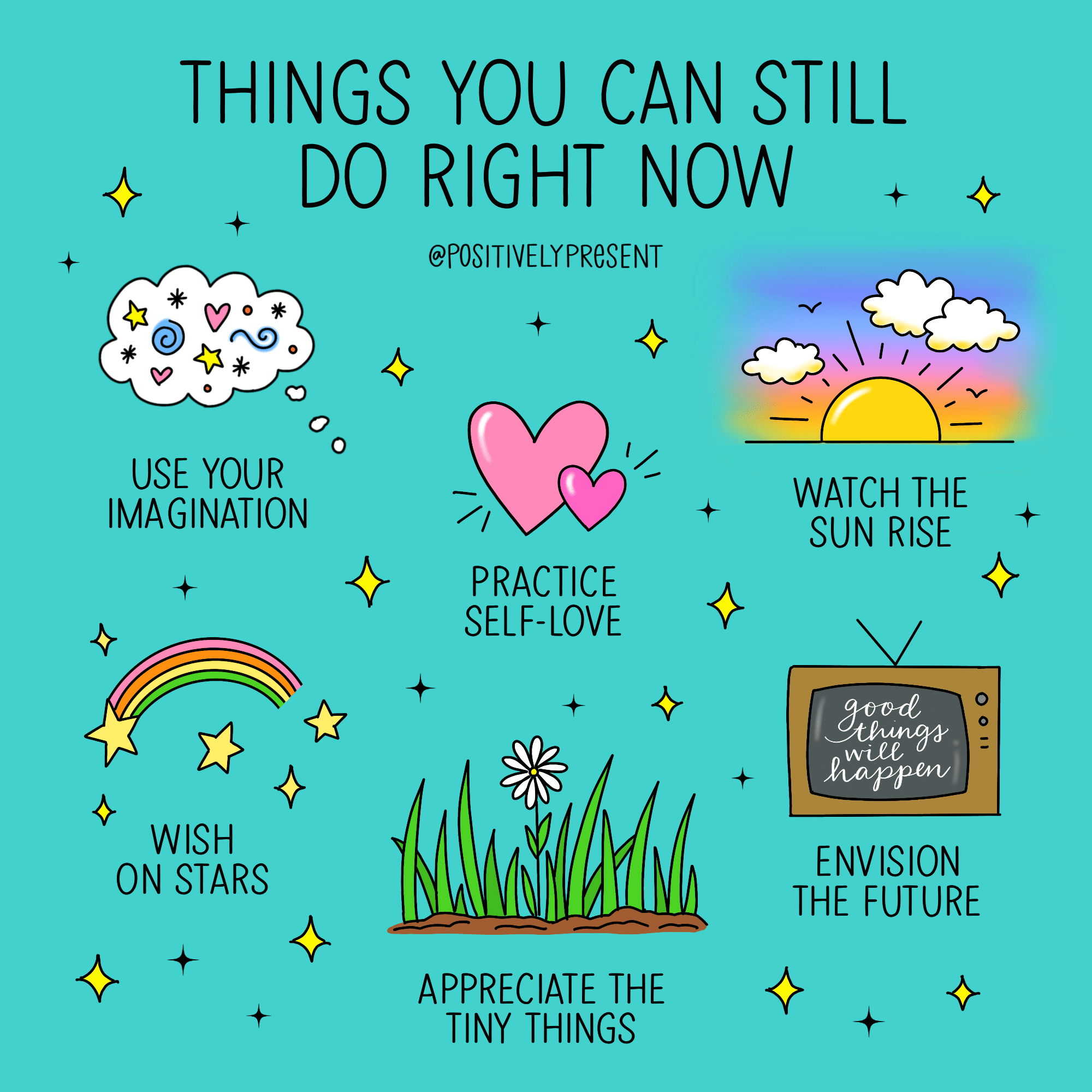
by California Casualty | Educators |
Written by Casey Boehm, OEA First Grade Teacher
We can all agree that summer 2020 has had a very different feeling than the summers of years past, for everyone, but especially for Educators. On top of our daily concerns surrounding our health and safety, we’re feeling overwhelmed, frustrated, and completely left in the dark about what the upcoming school year will look like.
I‘ve spent the last few weeks surveying the teacher community on Instagram. I posed the question, “As a teacher, what are your top concerns heading into the new school year?”
This question opened the door to multiple conversations about health concerns, anxiety, access to remote learning technology, and the availability of resources.
Here’s what our Educators say they need going into the 2020-2021 school year.
Teachers need to be heard. The guidelines for reopening schools are changing daily. The decisions being made for education right now are critical. The new school year has abnormal circumstances and we need to think outside of the box to meet the health and safety needs of our school communities. If you have not already, send a letter to your school board and voice your concerns.
Teachers need community. Do not feel like you are in this alone. Talk to your people, family members, friends, or other teachers, and get your feelings about back to school out in the open. Chances are someone nearby is feeling similarly. Talking about the things on your mind can make it a little easier to enjoy the last bit of summer. If you are looking for more tips about finding balance during the summer months, click here to read more ideas.
Teachers need resources. With remote learning, now more than ever, teachers are asking for resources -more technology to meet classroom demands, proper training for these specific programs and sites, and/or resources to supplement them. WeAreTeachers reports that over 50% of teachers are in need of more training to teach engaging remote lessons. In my own Instagram survey, educators responded that they need both access to resources and additional training for specific remote learning technology to feel more confident going into the new school year. That’s not to mention all of the other resources needed for students to return safely back in the classroom.
Here’s what you can do right now to meet those needs:
- Don’t be afraid to express your concerns, your voice is important. Reach out to your school leadership and talk about your apprehensions.
- Find teachers in your grade level on Instagram and follow along. They share tips and relatable content. If you’re not sure where to start, ask a teammate if they follow any great teacher accounts. (You can also follow @IgConnect4Edu on Instagram and on Facebook for educator accounts in all content areas.)
- Check out my new website that features training videos, a resource library (including remotely learning resources), and a teacher community for collaboration. Click here to Connect and Educate!
Teachers are the ultimate problem solvers. For years we’ve been flexible and have learned to work with whatever resources are provided. No matter what scenario lies ahead or what obstacles we have to overcome, we’ve got this.

Casey Boehm is a first-grade teacher in northwest Ohio. Casey is passionate about using technology in the classroom and sharing ideas for organization. Find her on social media @OrganizeandEducate

by California Casualty | Educators |
Written by Casey Boehm, OEA First Grade Teacher
Summer means free time and warm weather, but when you’re a teacher school to-dos and tasks can easily sneak back into your mind.
The summer months are a much needed time to rest and recharge – and you should do just that! But if you want to start preparing for next school year (and the unknowns that come with it), there are small steps you can take for a much easier back to school season.
Check out these three important tips on how you can relax and feel prepared for the upcoming school year:
1. Start to prep for August now!
This tip may sound daunting, but I promise it’s not. Each year I make myself a folder or bag of materials just for back to school – trust me, it will be a gift to yourself once August rolls around.
My “back to school bag” has items like the papers that I’ve sent home at open house, beginning of the year forms, and my first week of school activities.
When August rolls around and you can finally get back into your classroom, you can focus on getting it set up properly, labeling items with a new class list, and a million other things. When you pull out your bag of items you can quickly make copies and have a reminder of what you have sent home in the past; it is a huge time saver!
2. Keep an open mind about online learning.
Fall 2020 is full of unknowns and it will likely look and feel a lot different than past school years. Over the summer months, remember to be patient with your district and state and focus on what you can control, like getting more familiar with online learning.
One way you can learn and grow your comfort level with online learning is to join a Facebook group that relates to the Learning Management System (Google Classroom™, Canvas, etc.) your school uses, or a group that matches your grade level. Facebook groups are a great space to share resources and ask questions with other educators. It’s a good idea to join a few and find the one that best fits your needs; not all Facebook groups are created equal. NEA has a group all about navigating the changes in education. (If you are an early career educator in Ohio, be sure to check out the ONE Connects group.)
3. Rest and relax!
Easier said than done, I know. Summer goes by so quickly. Be sure you make the most of it and try not to stress out about the fall. When I am feeling overcome with thoughts and to-dos, I make a list. I write down all the things on my mind – the things I am worried about for next school year, the lessons I want to teach, the things I want to do this summer, etc. Once my thoughts are collected, I have an easier time relaxing. Just remember, all of these things are important, but don’t let them take up the summer!
After you write down your stressors and are feeling good, take some time for yourself and unwind. There are thousands of ways you can relax, but some of my favorites are evening walks with friends, bonfires, reading by the pool, and traveling! Be sure to leave a comment with your favorite way to relax over the summer!
Be sure to make the most of your summer by following these tips, so you are prepared for the best back to school!

Casey Boehm is a first-grade teacher in northwest Ohio. Casey is passionate about using technology in the classroom and sharing ideas for organization. Find her on social media @OrganizeandEducate

by California Casualty | Educators |
Written by Casey Boehm, OEA First Grade Teacher
Finding balance is the key to having a restful summer so that you can be recharged and ready to tackle a new school year in the fall.
Teachers’ schedules are busy, even during the summer. Between preparing things for next school year, doing tasks around the house that you’ve put off because of school, working another job, etc. finding balance may seem difficult. At the end of the day, the important thing is finding time for yourself between those tasks so you are still able to rest and enjoy your summer.
Create a routine for yourself this summer.
Routine and structure look different for everyone, but this helps me find balance throughout the entire year. For example, my daily routine varies during the summer months, but I know I feel better when I have a flexible schedule in place. I start my day with a cup of coffee and do something from my to-do list each day (most days- let’s be honest, some days were made for Netflix and PJs).
To stay productive and keep yourself in a routine, create a weekly list every Sunday to feel prepared for the week ahead. Start by creating a meal plan and then add in non-negotiables for each day (appointments, etc.). From there, you can go back and add in other items as needed. This can help you stay on track even when life doesn’t have a schedule!
If this is something you think would help you find balance in your day, you can download my printable template for free here or check out my vlog all about using Google Keep™ to create digital lists.
Enough about lists! Summer is also the best time of year to rest and relax.
No matter how small, try to take some time each day to do at least one thing a day for yourself. (If you need to, add this to your list.) This summer may look different with the current health guidelines, but there are still so many things you can do to rest and relax. Turn off your school brain, enjoy the summer with your family and friends, work on hobbies, do the things that you don’t have the time to do during the school year, and most importantly treat yourself.
Lastly, find balance this summer by remembering to practice self-care.
One of the best things you can do to care for yourself mentally is to clean out your social media. Personally, this is one of my favorite ways to care for myself and make sure I stay surrounded by positivity! Once or twice a year, I clean out my friends and other accounts that I follow on social media. This helps me ensure that I am surrounding myself with accounts that are bringing things I need to my feed- not negativity. If an account or friend stresses me out, I unfollow so I see less of their posts, or I unfriend altogether.
My favorite uplifting Instagram account is PositivelyPresent; check out Dani’s Instagram page for beautiful images that inspire, validate, and motivate. Dani’s page also has links to amazing other content.

Original artwork © Dani DiPirro @PositivelyPresent
All in all, take the time you need to make the most of your summer. Establish a routine for yourself, and don’t forget to take time for you!
You can do anything, but not everything. Balance is key. Happy summer!

Casey Boehm is a first-grade teacher in northwest Ohio. Casey is passionate about using technology in the classroom and sharing ideas for organization. Find her on social media @OrganizeandEducate
by California Casualty | Safety |
April is Distracted Driving Awareness Month. It’s a good reminder that we all need to be more aware of what we are doing as we motor along America’s byways and highways. However, you’re not alone if you get a pit in your stomach every time your teenager grabs the car keys and heads out on the roads. Many parent’s biggest fear is that something might happen while their teen is out driving.
Sadly, there is a reality behind that fear; getting behind the wheel is one of the most dangerous things a young person can do. Teen drivers are much more likely to be texting or using a device while driving than any other age group. They are also more prone to dangerous interactions with their passengers. Accident rates for all drivers have gone up the past two years, but drivers aged 15-20 years old were more likely to be involved in crashes attributed to distracted driving, which is the leading cause of death for people in that age group.
Here are some startling statistics that show why:
- At any given moment, approximately 660,000 motorists are using or manipulating a cell phone
- 70 percent of people ages 16-19 and 88 percent of ages 19-24 admitted in an insurance industry survey that they regularly text while driving
- At 55 miles per hour, the average text takes a person’s eyes off the road long enough to travel the length of a football field
- 60 percent of teen crashes involve distractions behind the wheel
- Teen driving deaths increase around prom and summer season
Most of these are preventable tragedies. Sadly, they impact thousands of families every year like Amanda C., a California teen who survived a previous crash while texting and driving, but not a second similar crash a year later. Seventeen year old Alex B. from Texas lost her life when she rolled the truck she was driving while texting, and 21 year old Casey F. from Pennsylvania was killed instantly when a distracted driver hit her while she was crossing the street.
Ironically, an analysis of the last messages in fatal crashes attributed to texting found many common words such as: “love you;” “home soon;” “need to stop texting, unsafe;” “send me the directions;” and “OK.”
So what can you do to protect your teens?
- Enroll them in a safe driving course
- Follow the graduated driver licensing rules: no driving at night and no or limited passengers for the first six months or for a full year
- Require seat belts and safety restraints be worn at all times
- Enforce a no cell phone/texting policy
- Urge young drivers to observe all speed and safety regulations
- Provide a vehicle that offers the best protection in crash tests
- Set a good example for them to follow
A great resource is Impact Teen Drivers. The nonprofit educates teens about the deadly consequences of distracted driving. They offer evidence-based, peer-to-peer programs and information to empower young drivers to make good choices behind the wheel. They also hold a twice a year Create Real Impact contest, rewarding students ages 14-22 for their creative messages discouraging distracted driving. California Casualty is committed to making our roadways safer and we are a major sponsor of Impact Teen Drivers. We urge you to learn more at www.calcas.com/impact-teen-drivers.





